1979
The New South: Shade Behind the Sunbelt | Associated Press Radio
Seeing our own inequities with clarity is, perhaps, a bit more difficult than judging another nation’s failures in justice. A notable exception was Ms. Julie Frederikse and Associated Press Radio’s ‘The New South: Shade Behind the Sunbelt,’ an examination of just how far civil rights have advanced in the lower half of our country.
CREDITS
Julie Frederikse
Water: Arizona's Most Precious Resource | KOOL-TV, Phoenix, AZ
There has never been a time when water, too much or too little. wasn't a matter of prime concern to the human race. KOOL-TV, Phoenix, in two half hours pegged on the mammoth Central Arizona Project told the complex story of water in its section of the country with remarkable lucidity and completeness.
CREDITS
Burt Kennedy

Laser Con-Fusion | KPIX-TV, San Francisco, CA
The use and abuse of nuclear power is a subject which has preoccupied the nation's journalists since the end of World War II. KPIX-TV, San Francisco, in its outstanding documentary, 'Laser Con-Fusion,' examined the pros and cons of Shive, a formidable nuclear fusion device at the University of California's Lawerence Livermore Laboratories, and uncovered a story of national significance.
CREDITS
Robert Klein, Richard Hart
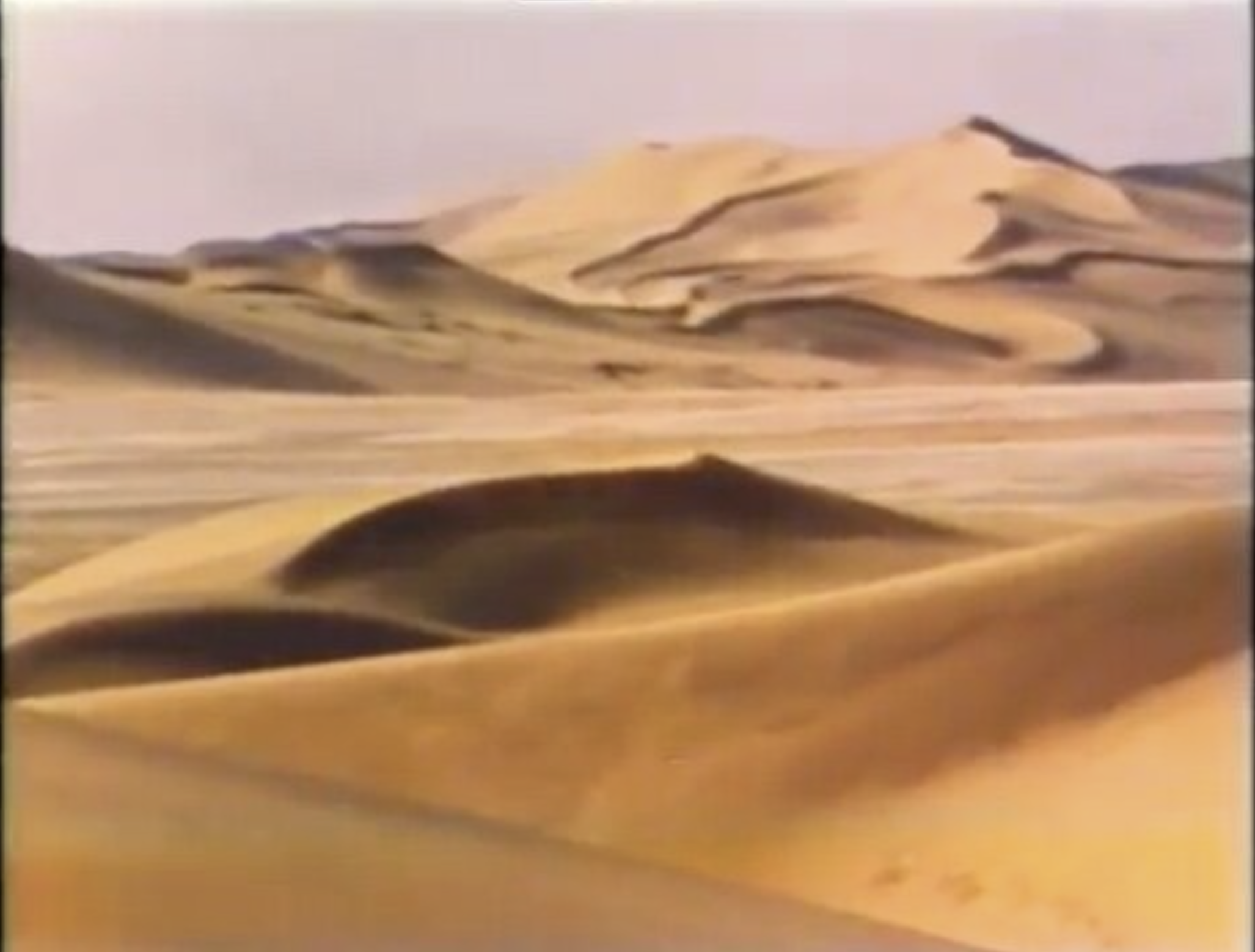
The Living Sands of Namib | National Geographic Society and WQED-TV, Pittsburg, PA
There are still a few places on the globe that can astonish and cause delight in late twentieth century man. In ‘The Living Sands of Namib,’ The National Geographic Society and WQED-TV, Pittsburgh, found such a place and exposed it to the general view in all its austere and eccentric beauty.
CREDITS
Thomas Skinner, Patricia Northrup
Africa's Defiant White Tribe | NBC TV
For its firmly focused and devastating presentation of a subject -- South Africa’s brutal policy of apartheid -- that frequently is distorted by a too easy assumption of superiority, a DuPont-Columbia Award goes to NBC Reports: ‘Africa’s Defiant White Tribe.’
CREDITS
Robert Rogers, Garrick Utley
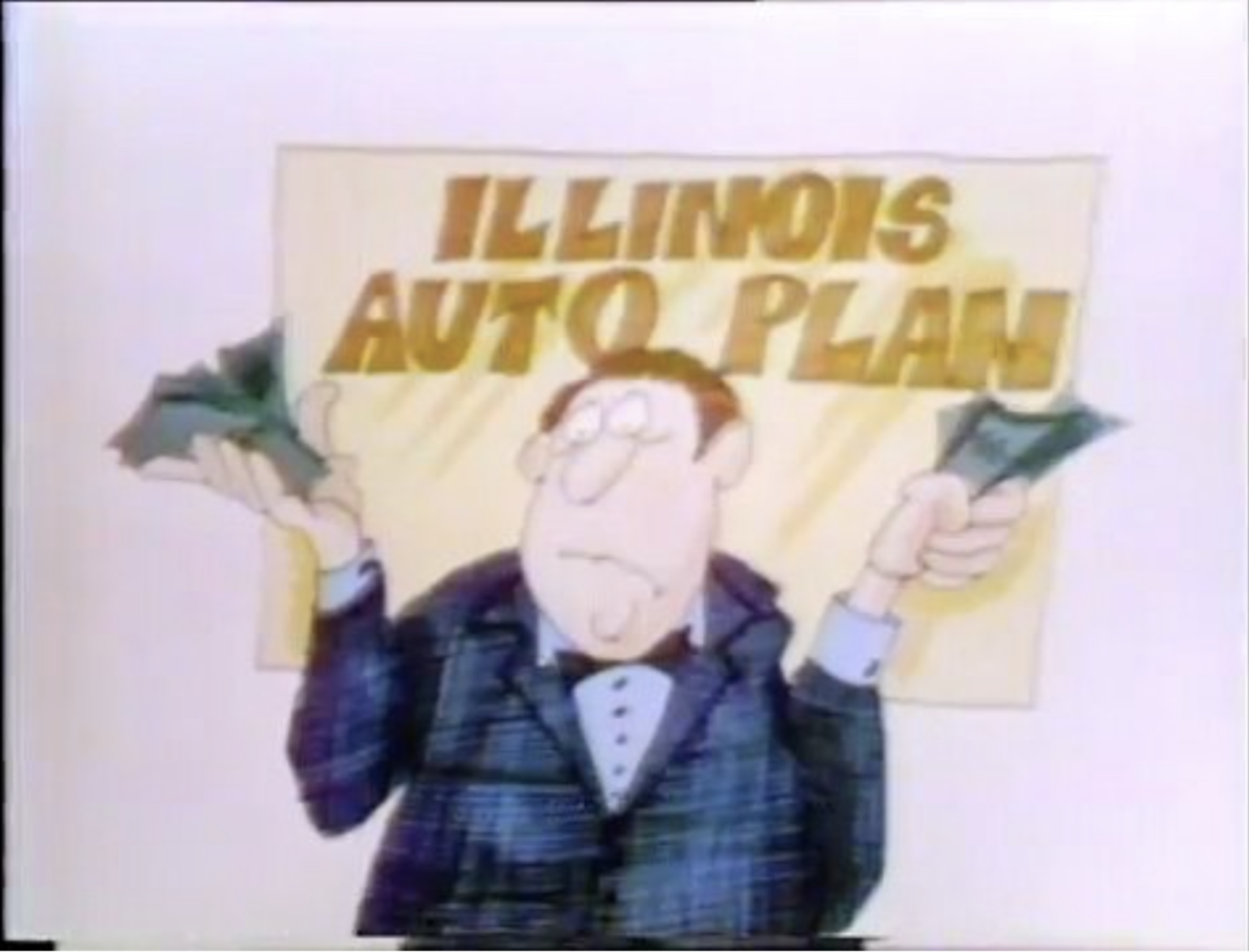
Documentary Reporting | WBBM-TV, Chicago, IL
Last year WBBM-TV, Chicago, won a DuPont-Columbia Award for their stunning essay on religious vocations in the fifties entitled ‘Once a Priest,’ as well as a special citation for a series of outstanding investigative reports. This year the jurors have voted them an Award for their documentary programming, particularly ‘Signs of Love,’ a half-hour tribute to a bewitching three year old, and ‘A Matter of Policy,’ a two-hour blockbuster on the subject of insurance. Both programs are proof that there is no slacking off in WBBM’s efforts to explore at length and with imagination the broadest possible range of subjects.
CREDITS
Gail Sikevitz, Scott Craig, Jim Hatfield and Mort Crim
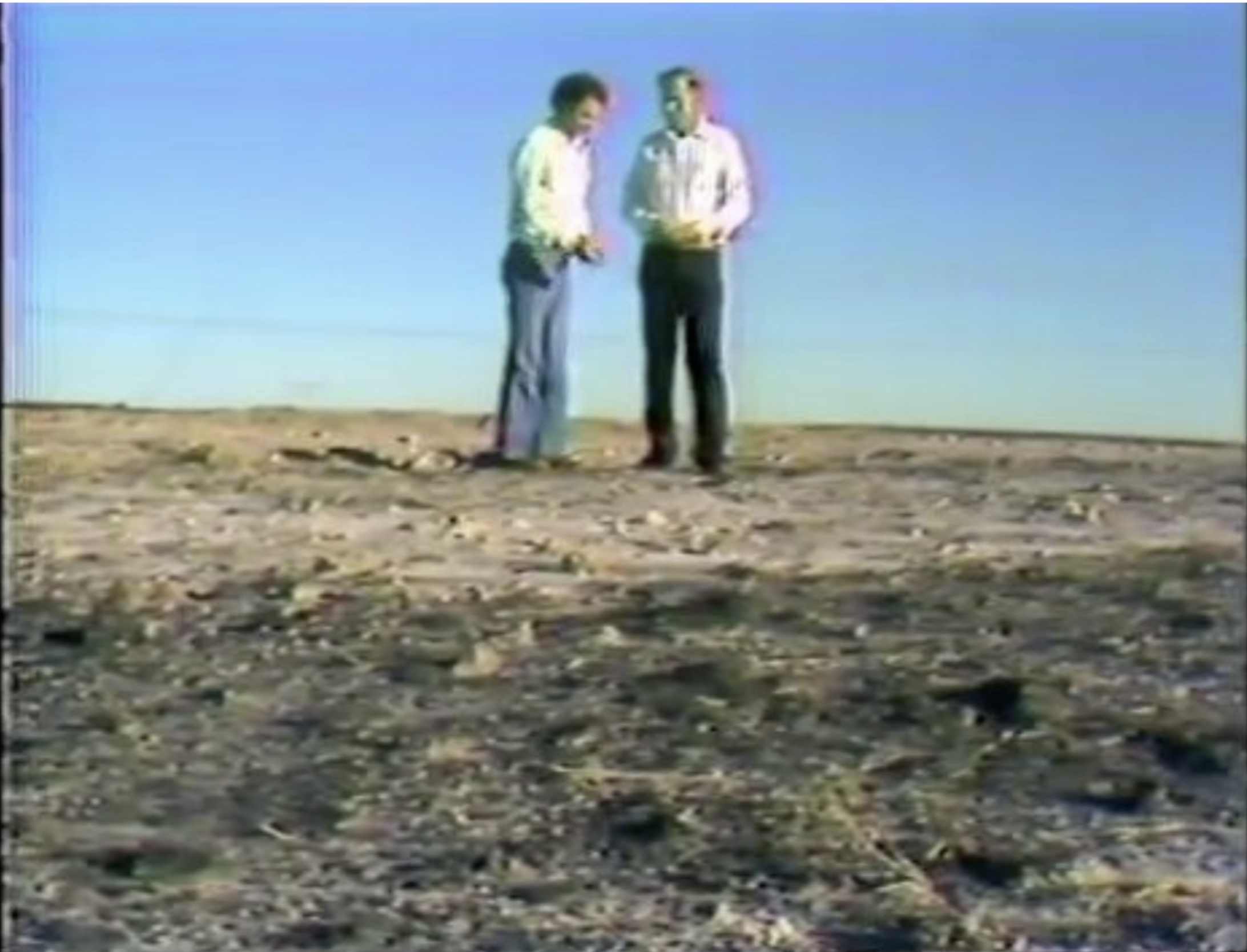
Investigative Reporting | WFAA-TV, Dallas, TX
’Electric Land Grab’ and ‘Grease in the Kitchen’ are just two investigative reports among the many turned out by the remarkable group of journalists which made WFAA of Dallas, another last year DuPont Award winner, one of the nation’s outstanding news stations.
CREDITS
Byron Harris, Marty Haag
Banned in Chelsea | WGBH-FM, Boston, MA
In 1977, the school committee of Chelsea, Massachusetts, voted to ban a book in their high school library because it contained a poem they deemed unsuitable. The feelings of school board members, students, parents, and faculty became the subject matter of a radio documentary which gave a fascinating insight into the urge to censor, which is sprouting up with increasing frequency in communities across the country.
CREDITS
David Freudberg
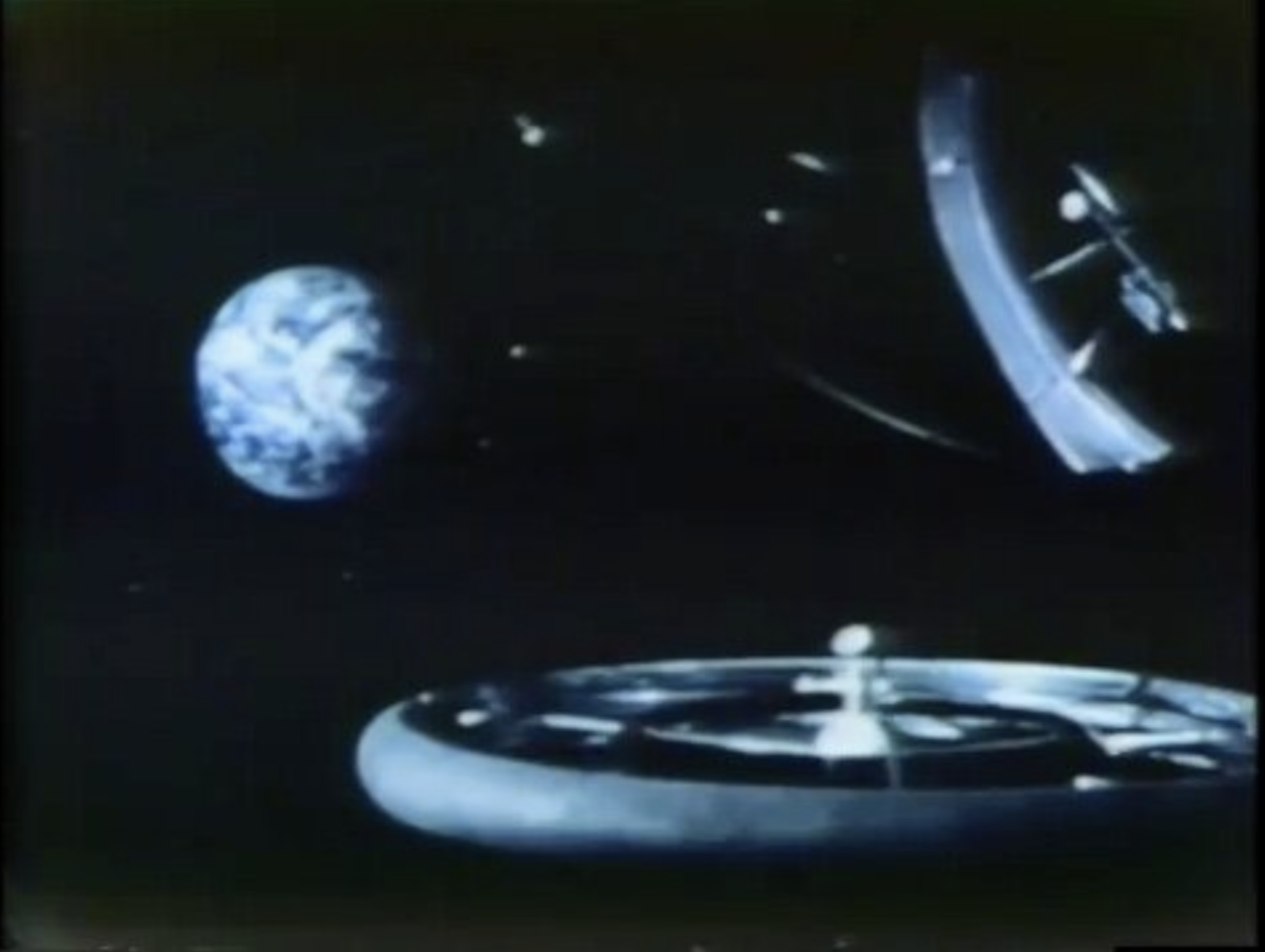
WORLD: Chachaji: My Poor Relation
and
NOVA: The Final Frontier | WGBH-TV, Boston, MA
The ‘Nova’ series has been on the Public Broadcasting Service since 1973. Last year its outstanding documentary, ‘An Incident at Brown’s Crossing,’ won a DuPont-Columbia Citation. This year for a series of unusually perceptive programs in the area of science and technology, including ‘The Final Frontier,’ the jurors have voted WGBH-TV and ‘Nova’ a DuPont Award.
For its delicacy, its humor, its reflection of a whole nation in the simple winning portrait of an 83-year-old man, as observed by his talented nephew, writer Ved Mehta, a DuPont-Columbia Award goes to Producer William Cran and WGBH-TV, Boston, for ‘Chachaji: My Poor Relation.’
CREDITS
William Cran, John Angier
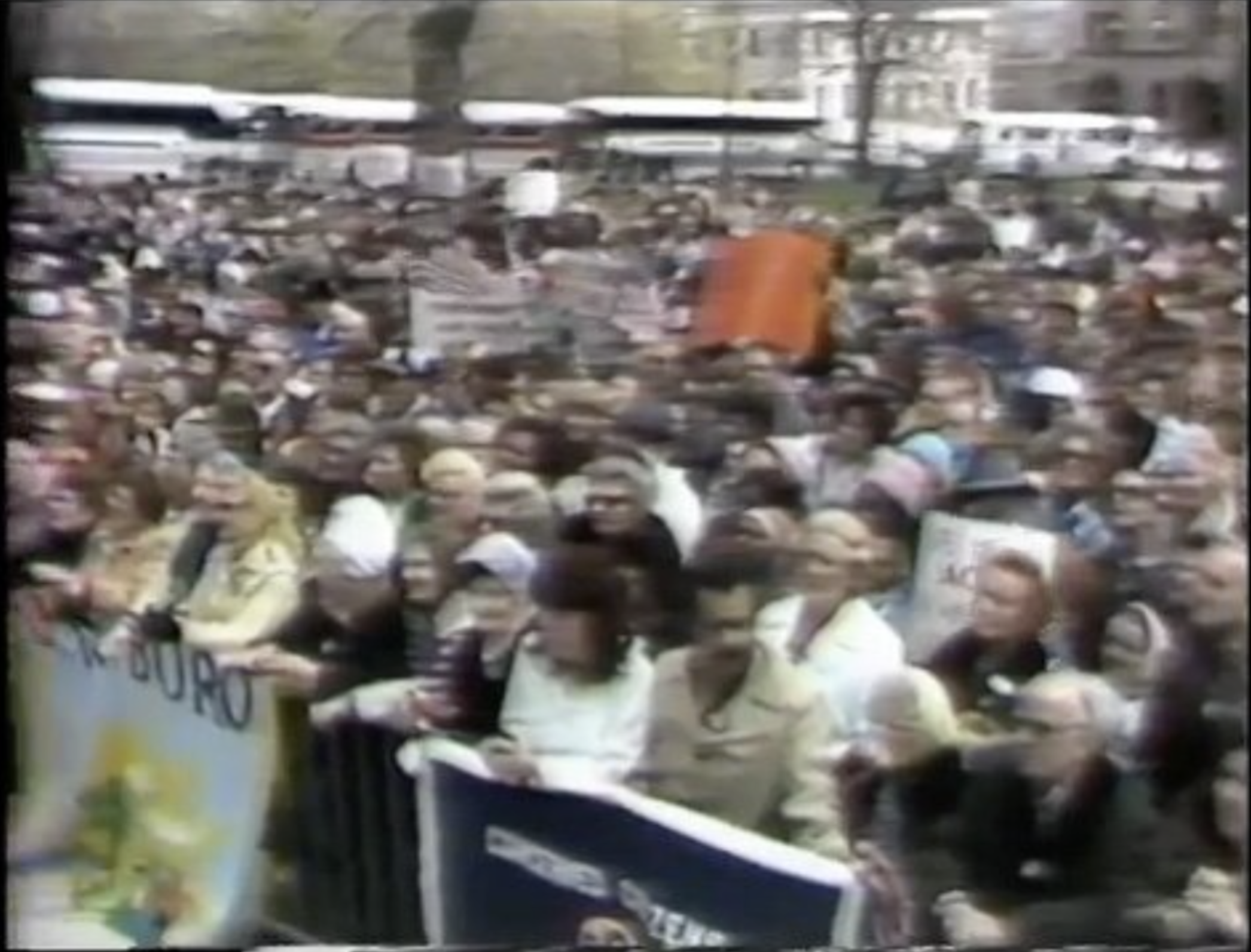
Inside Albany: Capital Punishment | WMHT-TV Schenectady
WMHT-TV Schenectady’s ‘Inside Albany,’ now in its fourth year, represents a growing body of broadcast reportage which gives local and state-wide audiences a clear view of what is happening in regional seats of power. No other report has located the important issues and presented them with such clarity and objectivity as this fine series.
CREDITS
Peg Breen, David Hepp
Investigative Reporting | WPLG-TV, Miami, FL
Three years ago, Clarence Jones and station WPLG-TV, Miami, won a DuPont-Columbia Award for their courageous exposure of racketeering on Miami’s waterfront. This year, as the miscreants pointed out in the earlier expose were finally brought to justice, the same WPLG-TV team continued its pursuit of Florida’s malefactors and con men in such series as ‘Scandal at CETA’ and the ‘Property Profiteers.’
CREDITS
Clarence Jones
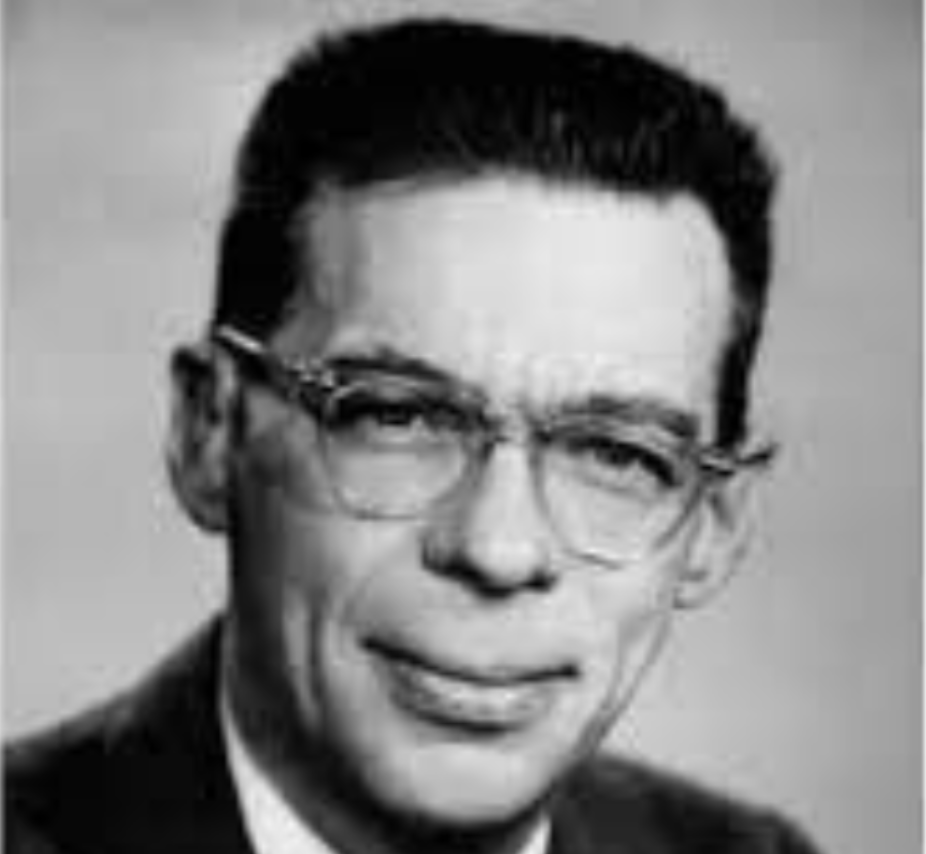
Special Award: Richard Salant
Richard Salant has put in more than fifteen years at the head of what is generally conceded to be the most high-grade news operation in broadcasting. Over those years, he has extended the network evening news casts from fifteen minutes to a half hour; installed America’s favorite newscaster, Walter Cronkite, as anchor; started “60 Minutes” -- and stayed with it, when others were dubious -- to see it become the only weekly news program to reach the top of the prime-time ratings list. His tenure at CBS New has coincided with one of the most exciting and difficult periods in the history of broadcasting. He has survived head on encounters with the Pentagon, the White house, Spiro Agnew, Edith Efron, the League of Women Voters -- even the DuPont-Columbia Survey of Broadcast Journalism.
Building on the great tradition associated with such names as Edward R. Murrow and Fred W. Friendly, Dick Salant has brought to network broadcasting his own high standards of intelligence, courage, and decency.
1979 Citations
Crisis at the Crossing, KAIT-TV, Jonesboro, AR
Jonesboro, Arkansas, is the 172nd television market in the country. KAIT-TV, Jonesboro in its documentary "Crisis at the Crossing," demonstrated how interesting and widely applicable an apparently limted subject -- the high incidence of grade-crossing accidents in northeast Arkansas -- could be. It also demonstrated what can be done by a TV station in a small city with a small budget.
Credits: Jack Hill
... And Justice for All, KENS-TV, San Antonio
Lapses in the administration of justice to our nation's minorities by a white majority have long been the subject of indignation and scandal for concerned Americans. Chilling presentation of four such cases involving Texas' Chicano population was contained in KENS-TV San Antonio's, "... And Justice For All."
Credits: Bob Rogers
The Michael Quinn Case: A Question of Justice, KFWB-AM, Los Angeles
In 1974, radio station KFWB-AM, Los Angeles won a duPont-Columbia Award for its heroic coverage of the SLA shootout. This year, the jurors have voted a citation to Jim Mitchell and KFWB-AM for its "The Michael Quinn Case: A Question of Justice," a series of over forty investigative reports which led to the release of one man from prison and an inquiry into the questionable handling of all prison parolees in the state.
Credits: Jim Mitchell, Richard Harris
The Originals: Women in Art -- Georgia O'Keeffe, WNET-TV, New York
No American artist has taken a place -- the American Southwest -- and made it more her own than that amazing person, Georgia O'Keeffe. For a dazzling portrait of the woman and her work, the duPont-Columbia jurors have voted a citation to producer and director Perry Miller Adato and WNET-TV for "The Originals: Women in Art -- Georgia O'Keeffe."
Credits: Perry Miller Adato
Special Citation: Panama Canal Debate Coverage, National Public Radio
The jurors have voted a special citation to National Public Radio -- for its 37 days of live coverage of the Senate debate on the Panama Canal treaties. It was in February, 1978, that a reporter with a live microphone was allowed inside the Senate chamber for the first time during a floor debate. That reporter was Linda Wertheimer.
Credits: Linda Wertheimer, Frank Mankiewicz
1978
Six American Families | Group W and Paul Wilkes
Probably the most ambitious documentary series of the year -- an attempt to portray contemporary America through profiles of six families, as diverse in makeup and temperament as their geographic locations.
CREDITS
Paul Wilkes
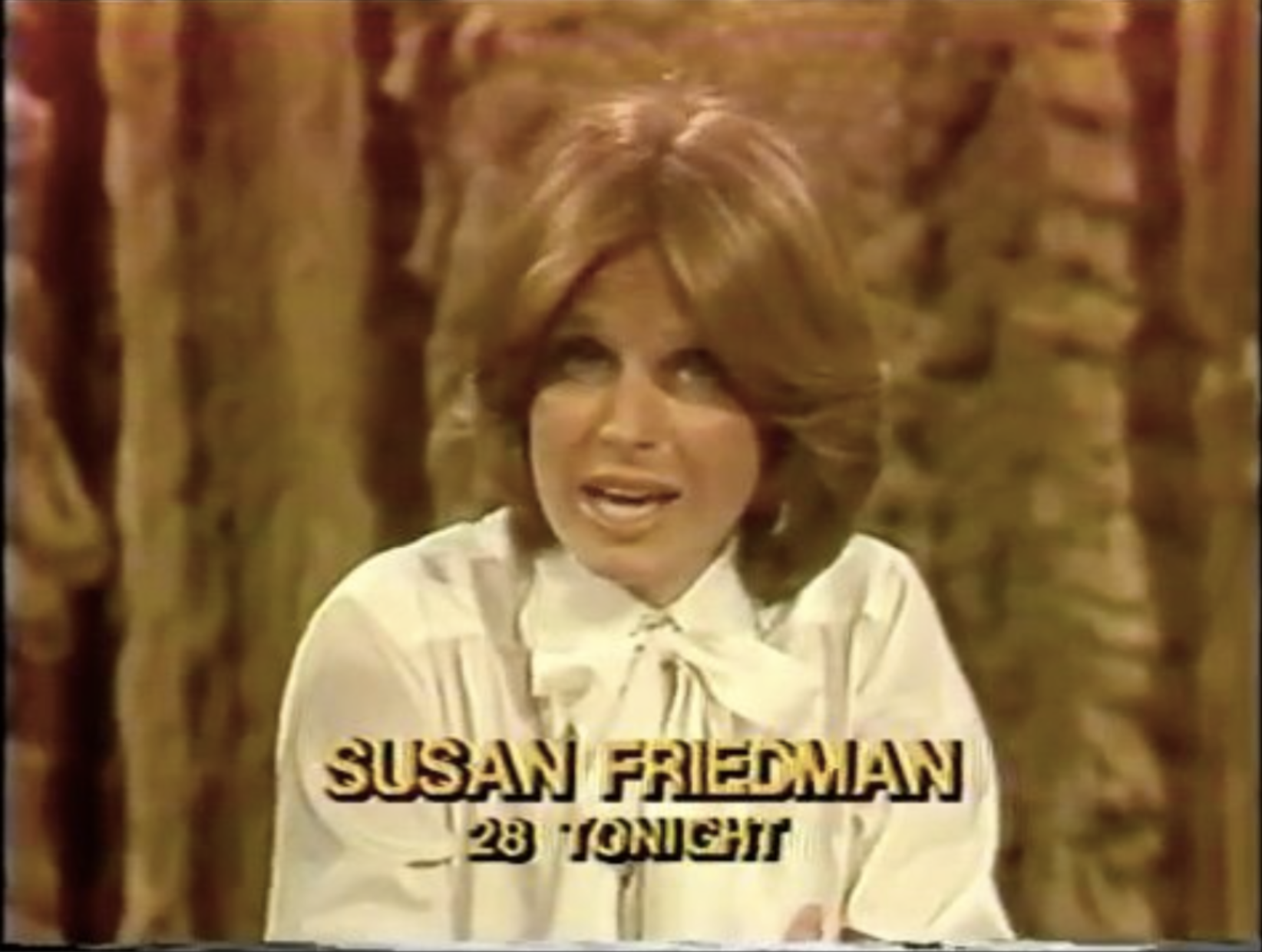
28 Tonight | KCET-TV, Los Angeles, CA
A distinguished local magazine show whose revolving format mad room for excellent in-house investigative features such as ‘National Lead’ as well as independent documentaries of the caliber of the Academy Award-winning ‘Number Our Day.’
CREDITS
Gail Christian

The Timber Farmers | KGW-TV, Portland
A sixty-minute documentary which explored a controversial subject of great local concern without oversimplification or slight to either side.
CREDITS
Forest Amsden
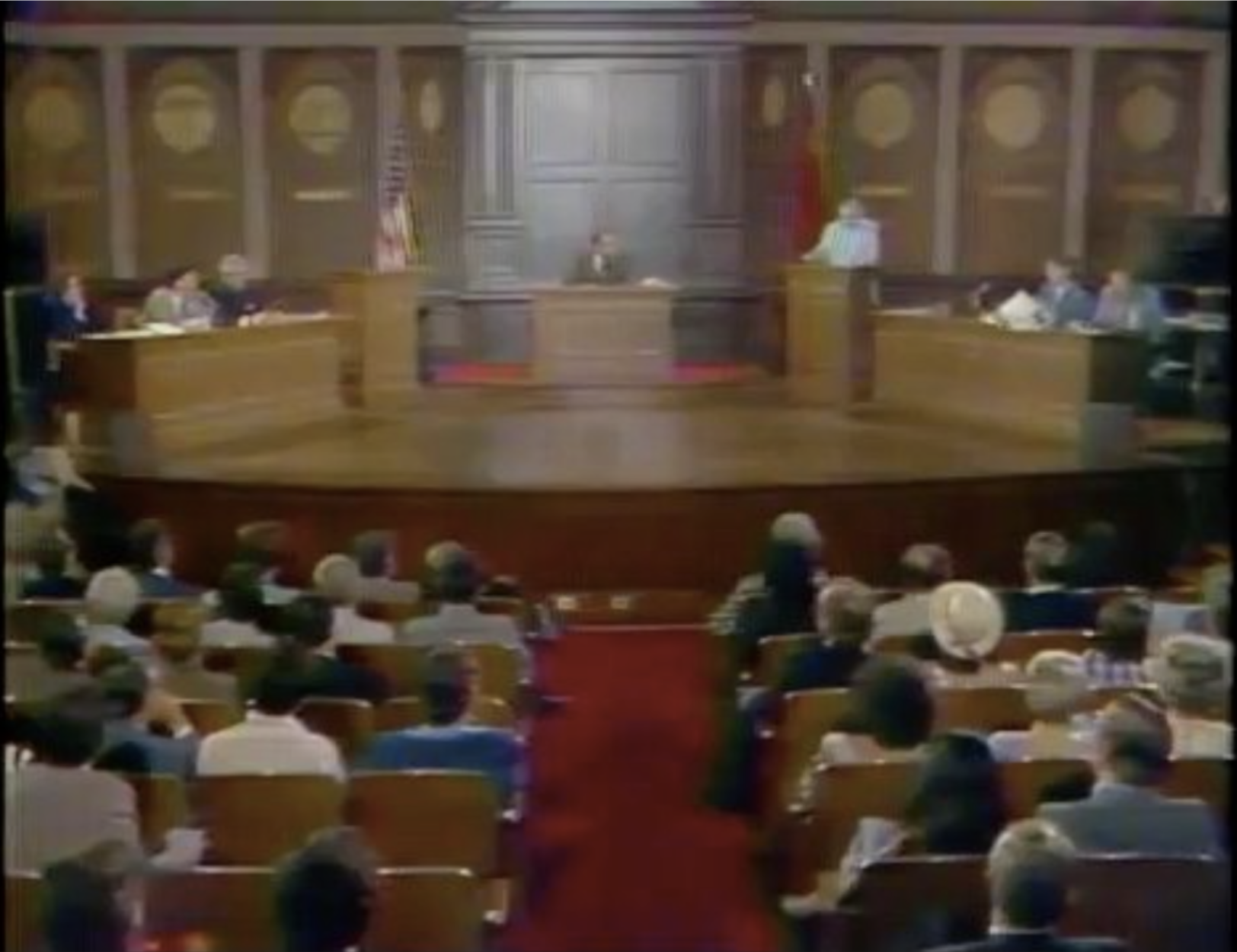
Human Rights: A Soviet-American Debate & NBC Reports: The Struggle for Freedom | NBC News
Within three days, NBC News presented two excellent programs on ‘human rights,’ a subject of compelling international concern. The first, permitting Soviet and U.S. experts to square off in a live TV debate for the first time; the second, a documentary digging into the reasons why such a debate was important.
CREDITS
Edwin Newman, Garrick Utley
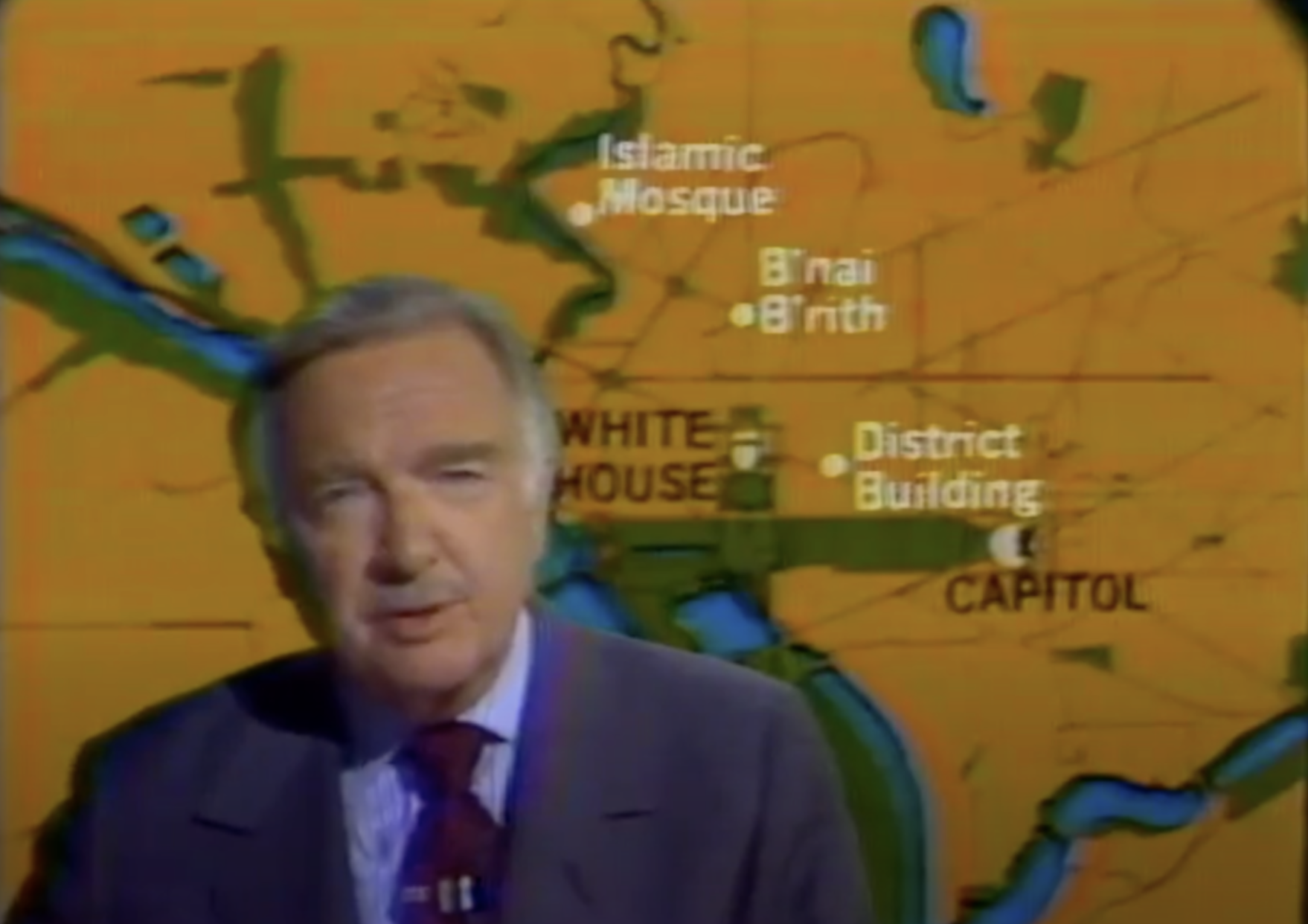
CBS Evening News and Walter Cronkite CBS
Not only does Walter Cronkite anchor the most successful and technically proficient of the three networks’ evening newscasts, but he was in the year under consideration a particularly eloquent and effective spokesman for the demanding profession of TV newsman.
CREDITS
Walter Cronkite, Burton Benjamin
Once a Priest | WBBM-TV, Chicago, IL
Religion in a time of skepticism and drastic change has seldom been presented with such understanding and impact as in this hour-long documentary concerned with the vocations of ten young Catholic Priests.
CREDITS
Scott Craig, Bill Kurtis
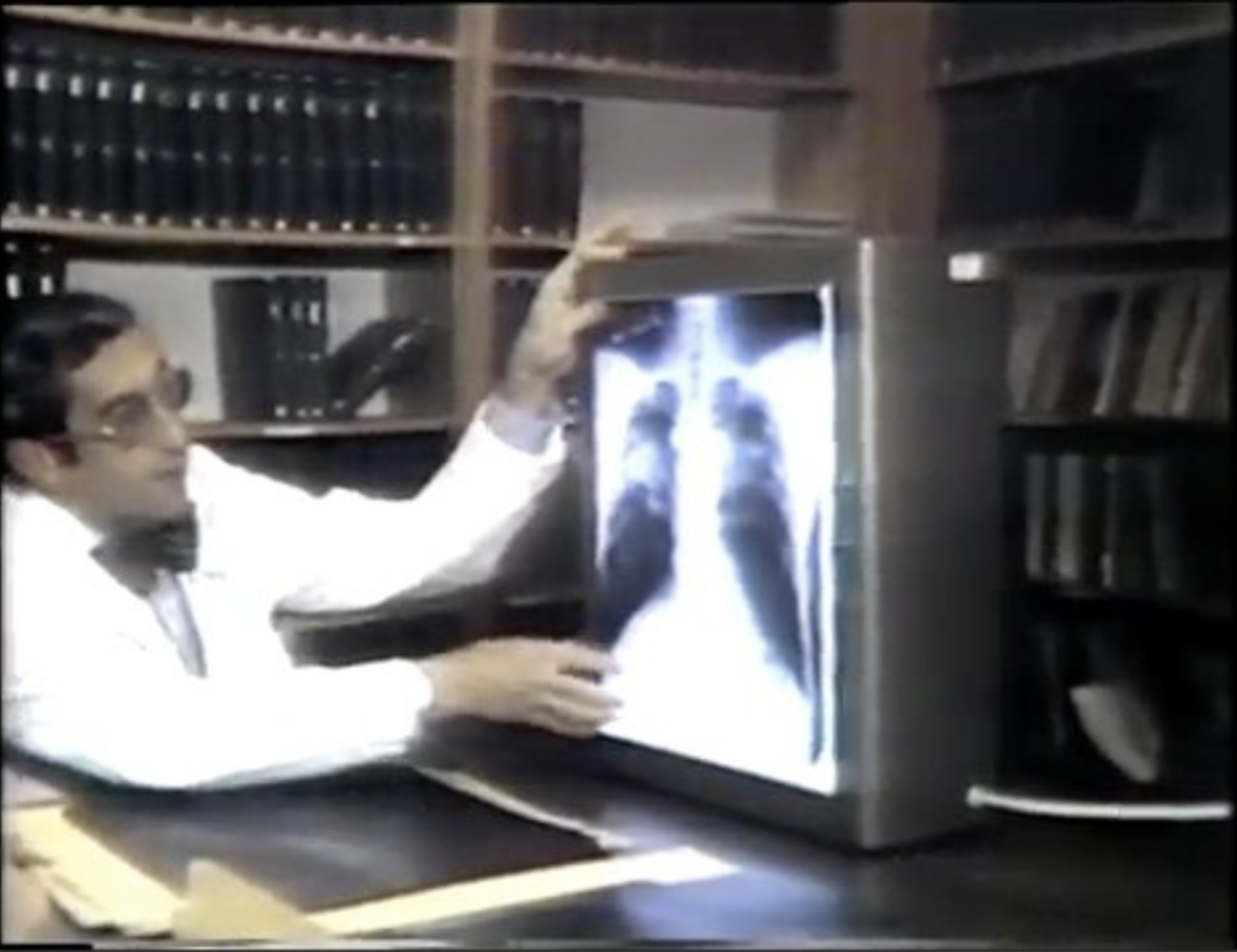
Clear and Present Danger | WFAA-TV, Dallas
A record of outstanding service to its community which included distinguished coverage of the energy crisis and local racial issues, in addition to an impressive series of extended investigative reports including its ten-part inquiry into contemporary environmental hazards, ‘Clear and Present Danger.’
CREDITS
Bob Lovelady, Byron Harris

The MacNeil/Lehrer Report for "Carter's Energy Plan"
"Woodward-Bernstein: Frost Interview"
and
"Korea and Congress: the Scandal So Far"
WNET-TV New York and WETA-TV Washington, DC
Day after day this admirable series has given thoughtful, in-depth treatment to important news developments that are dealt with more superficially on evening newscasts.
CREDITS
Robert MacNeil, Jim Lehrer

The Police Tapes | WNET-TV
A stunning combination of on-the-spot observations and perceptive social commentary concerning one of the world’s prime breeding grounds of crime, the South Bronx in New York City, achieved with a minimum budget and maximum understanding of the dilemmas of police officers and residents alike.
CREDITS
Susan Raymond, Alan RaymondDay after day this admirable series has given thoughtful, in-depth treatment to important news developments that are dealt with more superficially on evening newscasts.
CREDITS
Robert MacNeil, Jim Lehrer
1978 Citations
New Religions- Holiness or Heresy? ABC News Closeup
For treating a provocative subject with thoroughness and objectivity.
Credits: Tony Batten
An Incident at Brown's Ferry, WGBH, Boston
An outstanding segment of the consistently excellent 'Nova' series giving exemplary treatment to a highly incendiary subject -- the risks of nuclear energy.
Credits: Robert Richter
Chinatown: Immigrants in America, Downtown Community Television Center and WNET, New York
A remarkably sensistive portrayal of an ethnic community which revealed its deep roots in the American tradition.
Credits: Jon Alpert, Keiko Tsuno
"The Politics of Abortion" and "Guess Who's Pregnant?", WTTW, Chicago
Two of the most controversial probles of twentieth century society given proportion and impact by specific community concerns.
Credits: Michael Hirsh and Elayne Goldstein
KYW-TV, Philadelphia
For overall service to the community as well as excellence in investigative reporting.
Credits: Jack Fentress
A Human Relations Test, WTMJ-TV, Milwaukee
A three-hour program of impressive weight and pertinence slotted in prime time on the eve of a great civic change for which it helped to prepare the local community.
Credits: Ed Hinshaw
WBBM-TV, Chicago
An exceptional record of investigative reporting which included the two fine series on 'Slum Landlords' and 'PBB.'
Credits: Susan Anderson and Bob Faw
Murder One, Georgia Educational Television, University of North Caroline Television Network, and WNET, New York
One of the most powerful programs of the season, a devastating treatment of premeditated homicide, its perpetrators, and its victims.
Credits: Fleming Barnes "Tex" Fuller
1976
Prison Gangs | KNBC, Burbank, CA
A fascinating and frightening exploration of a subculture which demonstrates to what extremes the desperate ones in our society may go and how far a persistent and sensitive TV investigator can follow them, even when weighted down with pounds of video gear.
Credits: Don Harris
A Series on Feeding the Poor | NBC Nightly News
In a half dozen vignettes scattered through two months of newscasts, Mr. Pettit managed to flesh out the grim statistics of hunger in America and make the human facts unforgettable and unforgivable to the most casual dinner-time viewer.
Credits: Tom Pettit
All Things Considered | NPR
An impressive effort to give proportion and depth to the news. In this program, on the air for 90 minutes five days a week, with half-hour segments on Saturday and Sunday, National Public Radio fulfills the need for putting the day’s events into perspective, perhaps more successfully than any broadcaster past or present.
News and documentary programming | WBTV, Charlotte
Two accomplishments, difficult and equally rare of attainment, were achieved by WBTV’s news staff this year. First in its complete and sensitive covering of the greatest tragedy in Charlotte’s history, the Eastern Airlines crash of September 11, 1974, the sort of disaster which frequently renders electronic journalists inadequate and inept; second, in the patient, thoughtful documentation of a local story with national significance contained in the 60-minute study of continuing problems in racial adjustment, ‘Swann Versus the Board of Education: Ten Years After.
Moore on Sunday | WCCO, Minneapolis, Minnesota
This series has over the years displayed admirable persistence and expertise in bringing issues of importance to viewers in the Twin Cities area. This season many stories had high value in human and community terms. Particularly notable were the two segments dealing with Minneapolis’ controversial new $70 million Government Center.
Credits: David Moore
News and Documentary Programming WCCO Radio, Minneapolis
A consistent excellence in news judgment, organization, writing and overall content was displayed in both the daily operation and in WCCO’s radio documentaries, among the most extensive commitment to in-depth radio reporting by any local station in the country.
Arabs and Israelis | WGBH, Boston
A human document of major importance. In a year characterized by much coverage of the Middle East, no approach was more moving or original than this sensitive juxtaposition of two warring peoples, showing that in both their virtues and foibles they were surprisingly close.
Credits: Roger Fisher
The Riots Plus Ten Years | WHEC, Rochester
In three prime-time half-hours this local station took a subject central to its own community’s as well as the nation’s recent history and future well-being and gave it a new reality and urgency through the personal statements and stories of those who had been significant participants.
Credits: Warren Doremus
Teamster Power | WKYC Cleveland
All too often the new vogue for mini-documentaries results in superficial coverage of sensational subjects. ‘Teamster Power’ presented its grim story in an orderly and thoroughly researched fashion which made it all the more shocking and effective.
Credits: Brian Ross
Crime Reporting | WPLG, Miami
Clarence Jones’ and WPLC-TV’s crime reporting, according to jurors, “presented day-to-day crime coverage in a manner which served the community without feeding panic or catering to the desire for sensation. His series on waterfront crime dug deep and ranged wide, giving the necessary cues to a phlegmatic bureaucracy.
Credits: Clarence Jones
1975
Close-Up | ABC News
Av Westin and ABC News’ “Close-Up” was described by the jurors as “the most consistently gripping and outspoken series of TV reports since ‘See It Now.’ Put together by a stable of top TV talents, ‘Close-Up’ had a unique willingness to dig out evil, show it unvarnished on the screen and then give it a name and address.
Credits: Av Westin
60 Minutes | CBC News
Don Hewitt and CBS News’ “Sixty minutes,” the jurors said, was “the best weekly display of TV journalistic resourcefulness… In its sixth year it was still delivering both had news and stylish features with an expertise that no one else on the air managed or, indeed, any loner attempted.
Credits: Don Hewitt
SLA 54th Street Shootout | KFWB Radio, Los Angeles
Of the KFWB Radio, Low Angeles, coverage of the SLA 54th Street shootout, the jurors said: “The station’s four reporters got in the closest and stayed longest. Their coverage gave the sense of danger, violence and tragedy, detail by detail. Appropriate comment, rare under such pressure, made five consecutive hours on the air into a single chilling and coherent whole.”
Why Me? | KNXT, Los Angeles
Of KNXT Los Angeles’ “Why Me?” the jurors said: “Of many worthy programs on subjects of particular interest to women, the most remarkable unquestionably was this gripping hour on breast cancer… The program’s producer tread a narrow path between bathos and tragedy, which he survived with signal success, thanks to his own and the participants’ impeccable taste and sincerity.”
The Energy Crisis an NBC White Paper | NBC News
Fred Freed and NBC News’ “The Energy Crisis,” the jurors found, “stood as a capstone to the career of one of America’s most talented TV journalists. For 180 minutes Freed ranged his vast subject, from strip mining in Montana to deep-water porting in Maine. The Freed rhythm and pace carried it off, sometimes leisurely, sometimes staccato, juxtaposing picture and words in unexpected and exactly appropriate ways. Nothing was simple, nothing was dull.”
Credits: Fred Freed; Bruce Halford, Producer; Tom Johnson, Director; Joel Binger, Jerry Cadigan, David Elder, Lillian Connell, Tom Gosnell, Keith Miller, Production Crew
Washington Week in Review | National Public Affairs Center for Television
NPACT’s “Washington Week in Review,” according to the jurors, was “one of the most articulate, intelligent presentations on are. In such programs public TV showed its independence, originality and intelligence in putting unfolding events into perspective.”
Watergate Coverage | National Public Affairs Center for Television
Of NPACT’s Watergate Coverage the jurors said: “Day by day, night after night, public TV broadcast the complete, unedited hearings, accompanying them with the most consistently literate and informed background sessions of any of the four national networks.”
Juvenile Court | WNET-TV, New York
Frederick Wiseman and WNET/13’s “Juvenile Court” was, the jurors found, “the season’s most masterful and painful documentary. Although Wiseman has dozens of imitators, he remains the virtuoso of the nerve-wracking, heartbreaking, naturalistic documentary where neither cameraman nor reporter cast a shadow.”
Credits: Frederick Wiseman
Lord of the Universe | TVTV and WNET, Net Work
TVTV and WNET/13’s “The Lord of the Universe,” a 60-minute report on Guru Maharaj Ji, was, according to the jurors, “hectic, hilarious and not a little disquieting. With a heavier and less sure hand, the subject would have been squashed beneath the reporters’ irony or contemp. As it was, cult religion was handed to us, live and quivering, to make of it what we would.”
Credits: David Loxton
Through the Looking Glass Darkly Parts I-III | WKY-TV, Oklahoma City
Of WKY-TV Oklahoma City’s “Through the Looking Glass Darkly,” the jurors noted: “Of the steadily increasing number of quality programs directed towards minorities, unquestionably one of the best in recent seasons… It simply and with great dignity evoked the past of a fascinating community, the blacks of the Great Plains. It also served as an example and bench mark for other stations that could tell equally moving stories of ethnic groups in their communities.”
Credits: Bob Dotson
Public Bridges and Private Riches | WPVI-TV, Philadelphia
WPVI Philadelphia’s “Public Bridges and Private Riches” Is “a distinguished piece of local investigative reporting. Taking a Delaware Valley scandal, WPVI’s reporters ranged wide and then, in a carefully built 30-minute program, circled in ever-tightening spirals and finally swooped down on the venal public servants who were benefiting themselves and their relatives at the public’s expense.”
Credits: WPVI Philadelphia’s “Public Bridges and Private Riches”: is “a distinguished piece of local investigative reporting. Taking a Delaware Valley scandal, WPVI’s reporters ranged wide and then, in a carefully built 30-minute program, circled in ever-tightening spirals and finally swooped down on the venal public servants who were benefiting themselves and their relatives at the public’s expense.”
1974
Inquiry: Chile: Experiment in Red | ABC News
Arthur Holch and ABC News’ “Chile: Experiment in Red,” according to the jurors, examined a “then neglected and very timely subject with thoroughness and objectivity. Unfolding events proved the 60-minute examination of the South American nation an accurate background for the chaos which descended a few weeks after the program was put on the air.”
Credits: Arthur Holch
CBS News Reports: You and the Commercial | CBS News
Of “You and the Commercial” from Iva Drasnin and CBS News, the jurors commented: “In sixty carefully balanced minutes (without commercial interruption) the program asked searching questions about the motives and the manners of TV’s principal backers, the advertisers of America. What resulted was not only an exceptionally well-made, entertaining and illuminating show, but possibly the bravest network documentary of the year.”
Credits: Iva Drasnin
And the Rich Shall Inherit the Earth Group W
Of Dick Hubert and Group W’s “And the Rich Shall Inherit the Earth” the jurors said: “The definitive treatment of the growth of the big agricultural conglomerates and the tragically rapid disappearance of the small family farm in America. The program’s selection and presentation of illustrative detail to tell its sad story was impeccable – the result of the unbeatable conjunction of experience and concern.”
Credits: Dick Hubert and Rod MacLeish
Death of a Slideshow | KGW-TV, Portland
“Death of Sideshow,” a 90-minute program on Portland’s skid row, was produced by the news staff of KGW-TV over a period of 16 months. The jurors’ comment: “Perhaps the year’s most successful example of presenting the totally rejected as worthy of the average American viewer’s attention…proving what a small, hard pressed news staff with a small budget can do to stir up and inform its own community.”
Credits: Pete Maroney
Editorials on important community issues | KNX Radio, Los Angeles
Of KNX Radio, Los Angeles, the jurors said: “their editorials not only spoke out daily on important community issues, but reached out to bring in voices in the community who could speak with equal authority and conviction on matters of controversy and concern.”
NBC Reports: The Sins of the Fathers NBC News
About Robert Northshield and NBC News’ “The Sins of the Fathers” the jurors said: “Of a sure-fire subject, the orphaned and abandoned children of the Vietnamese war, Northshield made an essay which went beyond predictability and established him as the media’s unquestioned poet of the youthful innocent adrift in the violent and heartless grown-up world.”
Credits: Robert Northshield
Thirty Minutes With... | National Public Affairs Center for Television
Of Elizabeth Drew and NPACT’s “Thirty Minutes With…” the jurors said: “An admirable series of interview portraits… TV interrogation at its most informed and incisive.”
Credits: Elizabeth Drew
The Rape of Paulette | WBBM-TV, Chicago
Of WBBM-TV’s “The Rape of Paulette” the jurors said: “An unflinching look at the crime of rape which enlisted the cooperation of a number of attractive and articulate women who had been victims of some repellently brutal attacks. The women spoke out on a subject which has too long been distorted by inverted social taboos and male hang-ups and on police and legal practices which frequently punish the victims much more severely than the perpetrators of the crime.”
Credits: Judy Muntz, Jim Hatfield, Lee Phillip
The Nine-Year-Old in Norfolk Prison WTIC-TV, Hartford, Connecticut
WTIC-TV Hartford’s “The Nine-Year-Old in Norfolk Prison” was the work of two young investigative reporters Jean Sablon, black, and Brad Davis, white, who had a particularly impressive record for the season. The jurors chose from among several of their first-class investigative reports the hour-long program, “an inquiry into the justice of the conviction of a mentally retard 28-year-old black man for murder. Under persistent examination, the evidence slowly eroded and a vivid picture of legal haste and callousness appeared.”
Credits: Jean Sablon and Bard Davis
1973
Outstanding Reporting: 60 Minutes CBS News
Of Mike Wallace, a veteran of more than 25 years in news broadcasting, the jurors commented: “His continuing series of dialogues with Americans who had something to hide and who, willing or not, found they were exposing themselves to Wallace in front of millions of Americans demonstrated that his historic interviews with Mylai veterans Private Paul Meadlo and Captain Ernest Medina were not just happenstance. In addition to virtuoso encounters with writer Cliffard Irving and lobbyist Dita Beard, Wallace displayed his agile footwork in a number of ’60 Minutes’ report.”
Credits: Mike Wallace
CBS Reports: ...But What If the Dream Comes True? | CBS News
Robert Markowitz’s “… but what if the Dream comes true?” involved spending four months with one well-to-do Michigan family. The resulting CBS Report narrated by Charles Kuralt, according to the DuPont-Columbia jurors, “had to be one of the most depressing, and provocative, shows of the year… without one drop of blood being shed, without the whine of siren or a flashing red light, a garbage-strewn gutter, a smoggy sky, or any other obvious sign of tribulation most Americans are becoming accustomed to.”
Credits: Perry Wolff, Robert Markowitz, Charles Kuralt
The Search for Quality Education Group W
Of Group W’s “ The Search for Quality Education,” a series of three one-hour programs, the jurors said: “A great many broadcasters handled the busing issue as it affected the nation and their own communities. Perhaps the most effective treatment of an infinitely complex and prickly subject was ‘Busing, Some Voices from the South,’ done by a unit which was neither strictly local nor national in character – the Group W Urban Affairs Unit – which for four years had taken major issues and presented them series, “Class… and the Classroom” and “A Chance for a Lifetime,” according to the jurors, shows, nothing was simplified, and yet, thanks to the deep humanity of the approach, nothing seemed hopeless.”
Credits: Dick Hubert, Paul Altmeyer
Outstanding Coverage of the 1972 Political Campaigns | KERA-TV, Dallas
KERA-TV Dallas, cited in the Survey for its thorough coverage of the desegregation story, also was chosen by the jurors for outstanding coverage of the 1972 political campaigns, particularly the primaries. In 14 prime-time programs during a single month, the station managed to present more than 200 candidates running for major telecast which brought together all Democratic and Republican Candidates for the first and only time.
White Paper: The Blue Collar Trap. NBC News
“The Blue Collar Trap,” a 60-minute “white paper” on the new breed of assembly line workers, was produced by Fred Freed for NBC news. According to the DuPont-Columbia jurors, “The Blue Collar Trap” was “probably the year’s most notable example of the new generation’s coolness towards the medium. If there were occasional flickers of self-consciousness, Freed’s camera obviously turned no one off. The four subjects said things about themselves and their lives which their parents would have hesitated to tell their doctor or their priest… Revealing humanity, without shame or reticence, was perhaps the most frequent achievement of television this year.”
Credits: Fred Freed
Like It Is: Attica - the Unanswered Questions | WABC-TV
Richard Thurston Watkins’s 90-minute examination on WABC-TV’s “Like It Is” of “Attica – The Unanswered Questions” was described as taking “an unabashedly minority view of what, after all, was an affair of prime concern to blacks and Puerto Ricans… Although sometimes bitter outspoken, it made its points indelibly.”
Credits: Richard Thruston Watkins
The 51st State: Youth Gangs in the South Bronx | WNET-TV, New York
Tony Batten’s “Youth Gangs in the South Bronx,” done for WNET/13’s “The 51st State,” prompted the jurors to comment: “One of the year’s most effective examples of local TV journalism… By the end of the hour the attentive listener had an insight into a world which, although a short subway wide from his home, usually was as invisible to him as the far side of the moon.”
Credits: Tony Batten
Towers of Frustration: Assignment: New Jersey | WNJT-TV, Trenton, New Jersey
Concerning John Drimmer’s “Towers of Frustration,” the jurors commented: “Experiment and Controversy on the nation’s public TV stations was at an all-time low because of short funds and sagging morale… There were exceptions. WNJT, the public station in Trenton, N.J., put together a half hour documentary, ‘Towers of Frustration,’ that any network could have been proud of. The problems of the Stella Wright housing project in Newark were indeed national in application, shared as they were by dozens of instant high-rise slums coast to coast… If anyone in Washington wanted proof of a local public TV operation doing top-quality work worthy of network distribution, this well edited, thoroughly reported half hour was it.”
Credits: Ken Stein and John Dimmer
The Swift Justice of Europe and A Seed of Hope | WTVJ-TV, Miami
WTVJ’s “A Seed of Hope,” the jurors said, was “an original and encouraging” documentary on drug addiction among the middle-class young which “managed to combine shock, sentiment and uplift in its report on a drug program in Fort Lauderdale which has claimed more than 1700 cures in less than two years.” Another WTVJ production, “The Swift Justice in Britain and France meant to raise provocative comparisons to procedures at home… It succeeded in every department – script, photography, editing – and became one of the few examples of the sort of serious journalistic excursion which many prosperous local stations could afford to send their newsmen on but seldom risk.”
Credits: Producer: Francis, Director: Stone
1971
Justice in America Parts I-III | CBS News
"Justice in America" was produced by John Sharnik for CBS News with "an outstanding commentary by Eric Sevareid." In preparation for over a year, its three one-hour segments, according to the DuPont-Columbia jurors, "examined with unusual thoroughness the inequities and inadequacies of the U.S. courts and penal institutions. Its baldly stated imperatives -- reformed courts, reformed law enforcement, reformed penal institutions -- were tragically underscored a few weeks later by the events at San Quentin and Attica."
Credits: John Sharnik, Eric Sevareid
All The Kids Like That: Tommy's Story Group W
Susan Garfield's "All The Kids Like That," produced for Group W, was one of many radio and television programs which demonstrated during the year a heightened sensitivity and understanding in the treatment of the nation's drug epidemic. In classic documentary style, the program, according to the jurors, "explored the case of an attractive middle-class fifteen-year-old boy from a prosperous Boston suburb... The producers, faced with a complex and frustrating human situation, refused to simplify or capitulate in favor of a happy or hopeful ending." In Miss Garfield's words, "It was hoped that in gaining some intimacy with Tommy Hayes, the audience's own perceptions would have broadened and deepened, and in the end a great deal of information about the enormity and subtlety of drug abuse would be conveyed."
Credits: George Moynihan, Susan Garfield
Warriors Without A Weapon | KUTV, Salt Lake City
Diane Orr produced "Warrior Without A Weapon" for KUTV, Salt Lake City. A half-hour film on the plight of the Goshute Indians of Utah, it centered on one man, Earl Baker, who made these closing remarks. "We, Indians, always say this, you know, talk among ourselves. They're building them rocket ships, maybe they'll leave this place to us. We'll have it all back again. They'll go to some other place. We always say I wish white people never come here so we don't have all this sickness and we don't have this fighting. They don't have to send us over there to do their fighting for them."
Credits: Richard Spratling, Diane Orr, Fred Edwards
First Tuesday:The Man from Uncle (Sam) and The FBI - NBC News
"The Man From Uncle (Sam)" and "The FBI" were both substantial segments of the two-hour monthly magazine show on NBC television, "First Tuesday." They both, according to the duPont-Columbia jurors, "dealt with the precarious state of individual privacy in the national and examined agencies more accustomed to prying than being pried into." "The Man From Uncle (Sam)" was produced by William B. Hill and reported by correspondent Tom Pettit, whose "CBW (Chemical-Biological Warfare) -- The Secrets of Secrecy" was a duPont-Columbia prizewinner two years prior. The result, said the jurors, "was a highly expert, indefatigable piece of investigative reporting." The program preceded Senator Sam Ervin's highly publicized Senate hearings on the same subject. "Equally ominous, although somewhat lighter in its approach," according to the jurors, was "First Tuesday's" segment on "The FBI," reported and produced by Garric Utley and Thomas Tomizawa, with Walter Pincus serving as special consultant. "An initial amusement was gradually dispelled by the comments of two former agents and several others of the Bureau's admirers and detractors, including many of the objects of its curiosity.
Credits: William B. Hill, Tom Pettit
White Paper: This Child is Rated X NBC News
Martin Carr's award-winning programs, "Migrant" and "This Child is Rated X," also immediately preceded important Congressional hearings and had an unmistakable impact upon them. In "Migrant," a return visit to the scene of Edward R. Murrow's classic television documentary "Harvest of Shame," Carr presented a vivid picture of "corporate indifference to the plight of the field workers and their families illustrated in a series of brief, heartbreaking encounters with individual migrants, men, women, and children. The second Carr documentary, "This Child Is Rated X," was an examination of the treatment of juvenile delinquents in the courts and penal institutions of the United States. "Again it forced the viewer to consider the sad condition of some of society's victims he might prefer to ignore... Carr's ability to get people, both victim and victimizer, to reveal themselves to the camera, so clear in 'Migrant' and 'Hunger in America' (produced for CBS in 1968), was once again demonstrated... The two Carr programs proved that individual documentarians still had opportunities on network television, however rare, to seek out social injustices and make highly effective statements about them."
Credits: Martin Carr
Drug Crisis in East Harlem | WABC-TV, Geraldo Rivera
"Drug Crisis in East Harlem," reported by WABC-TV's Geraldo Rivera on the weekly show "Like Is Is," was the shortest segment (ten minutes) to have ever won a duPont-Columbia Award at the time it won. In the most shocking of the many drug programs to be aired during the year, Rivera took his camera to the rooftops and basements of East Harlem where there were hardcore addicts. "Without undue gentleness or consideration he shoved his microphone into their faces and demanded straight answers, and got them... sometimes. Rivera broke all the conventions of interviewing and got a grueling ten minutes of film that few who saw it would soon forget."
Credits: Geraldo Rivera
1970
Kenneth A. Cox
Kenneth A. Cox has been concerned in government activities relating to broadcasting for more than fifteen years. In 1955, Mr. Cox was named special counsel for the Senate Commerce Committee. He helped direct that committee's television inquiry of 1956-1957. He conducted additional hearings for the Senate committee in 1958, 1959, and 1960. In April 1961, FCC Chairman Newton Minow named him chief of the commission's Broadcasting Bureau, in which capacity he served until he was appointed commissioner by President John F. Kennedy in 1963. Mr. Cox was an early and vigorous advocate of the review and upgrading of renewal standards for broadcast licencees. He was also a leader in the fight against undue concentration of media strength, and one of the commission's foremost supporters of the claims for public television in channel allocations and government financial support.
Hospital | Frederic Wiseman and National Education Television
"Hospital" was produced, directed, and edited by Frederick Wiseman for National Educational Television with a special grant from the Corporation for Public Broadcasting. This 90-minute documentary was done entirely without interviews or narration. In the words of the jurors, "Hospital" was "perhaps the finest documentary of the year. Wiseman and his cameramen spent a month in the wards, corridors, and waiting rooms of Metropolitan Hospital, a public institution ministering to the poor of New York City." The result was not, as one might have expected, an insufferable invasion of privacy, but a chronicle of human pain and bewilderment answered by endless kindness and reassurance. Stereotype after stereotype was shattered. What remained was a heartening example of what might be done by men of good will and by television."
Charlie Company | CBS News
John Laurence's reports on Charlie Company, seen on successive nights on the CBS Evening News in April 1970, was cited as an outstanding example of battlefront reportage. The jurors said, "In April, correspondent John Laurence sent his network six segments devoted to the activities of one infantry company -- Company C, 2nd Battalion of the 7th Cavalry, 1st Air Cavalry Division -- on patrol in Vietnam." The jury said that Charlie Company was "perhaps the finest example to date of this serial documentary that has been steadily growing in popularity on both network and local stations."
Credits: Ernest Leiser, Russ Bensley, John Laurence
White Paper: Pollution is a Matter of Choice | NBC News
Television's coverage of the environmental crisis was extensive this cycle. According to the jurors, "the networks' task, to cover the subject nationwide, was formidable. There were numerous impressive tries. But the documentary most successful in conveying the magnitutde of the problem was 'Pollution Is a Matter of Choice,' an NBC White Paper produced by Fred Freed. Broadcast in April 1970, the one-hour program explored the environmental problems of three locations: Machiasport, Maine; Gary, Indiana; and Florida's Everglades. In the process, the physical conflict between nature and an expanding technology, and the clash between the needs of the poor and the affluent, were caught in expert camera work and a literature script. Offering no pat solutions, the program ended with some difficult questions -- 'What quality of life is possible in an industrialized society?... What are we willing to give up to clean up our environment? Cars? Television sets... air conditioners... comforts?'"
Credits: Fred Freed
Grunt's Little War | WCCO-TV Minneapolis
"Grunt's Little War," filmed by WCCO-TV, Minneapolis, "was a half-hour documentary in the more traditional style," said the jurors. "Starting with the apparent purpose of showing the folks back home how and what their boys were doing in Vietnam, a reporter and a cameraman succeeded in catching in a month a surprisingly complete view of what the war was really like and just what ordinary GI's (particularly what Minnesota boys) thought of it. At the same time it demonstrated what an individual station, even without a sponsor, could achieve in an area few of them thought they had any obligation to explore."
Our Poisoned World | WOOD-TV Grand Rapids, Dick Cheverton and Herb Thurman
"Our Poisoned World" was presented in five prime-time half hours during January and February 1970 by WOOD-TV, Grand Rapids, Michigan. The jurors said, "The program, sponsored by a local bank, examined all aspects of the environmental crisis as it applied to their city and the Michigan communities adjacent to it. The station volunteered to act as middleman for viewers who wished to make their concern known to legislators. The series ended with an editorial stressing the importance of individual interest and effort and promising to continue environmental coverage on a day-to-day basis. Letters were received from more than two thousand viewers. The stations, during the spring and summer, continued to air an average of four environmental reports a week on its evening news."
Credits: Dick Cheverton and Herb Thurman
